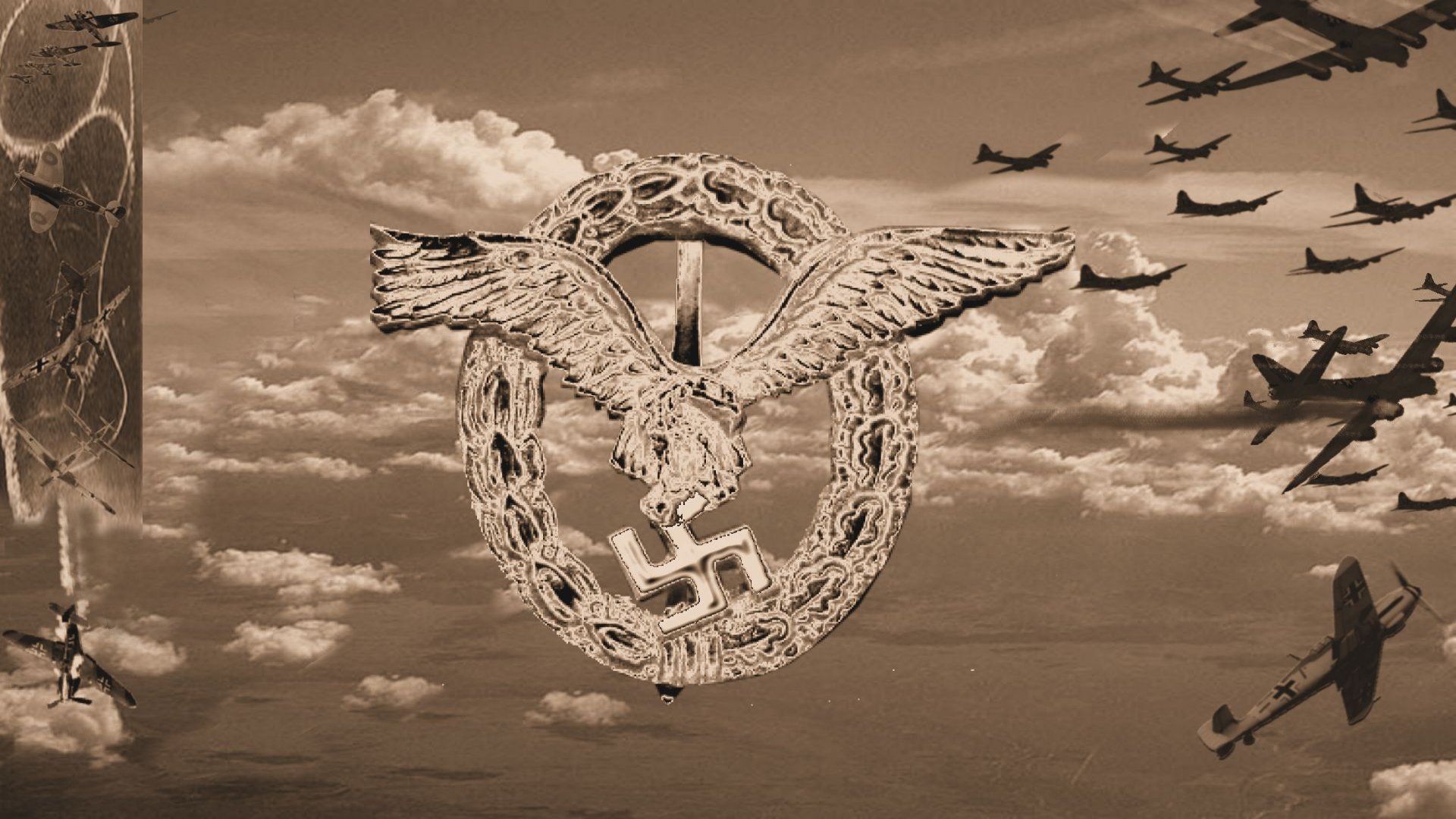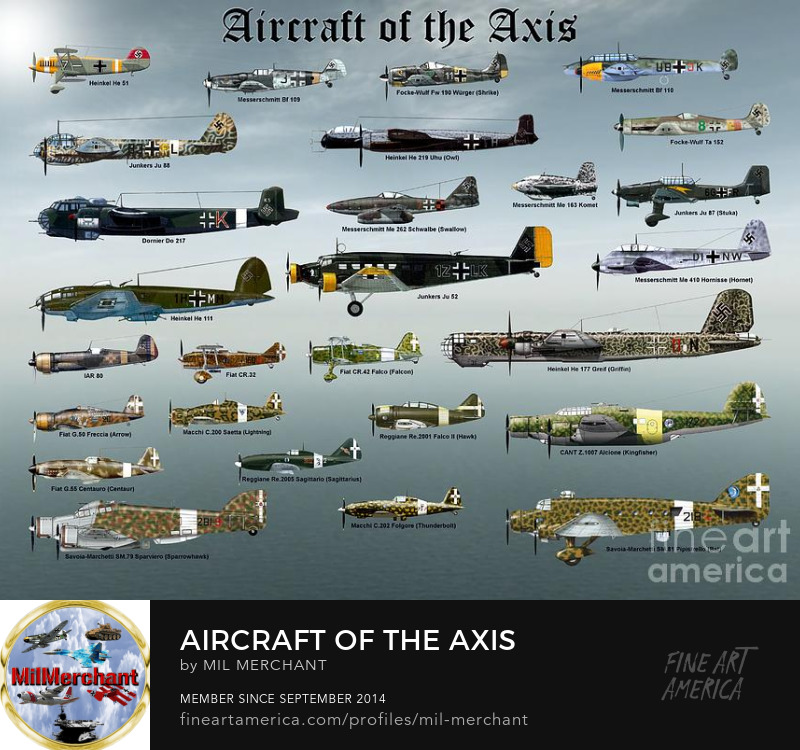The Junkers Ju 88 was a German World War II Luftwaffe twin-engined multirole combat aircraft. Designed by Junkers Flugzeug- und Motorenwerke (JFM) in the mid-1930s to be a so-called Schnellbomber ('fast bomber') which would be too fast for any of the fighters of its era to intercept, it suffered from a number of technical problems during the later stages of its development and early operational roles, but became one of the most versatile combat aircraft of the war.
Development
Designed by Hugo Junkers' company in the mid-1930s, it suffered from a number of technical problems during the later stages of its development and early operational roles, but became one of the most versatile combat aircraft of the war. The aircraft's first flight was made by the prototype Ju 88 V1, which bore the civil registration D-AQEN, on 21 December 1936. When it first flew, it managed about 580 km/h (360 mph) and Hermann Göring, head of the Luftwaffe was ecstatic. It was an aircraft that could finally fulfill the promise of the Schnellbomber, a high-speed bomber. The streamlined fuselage was modeled after its contemporary, the Dornier Do17, but with fewer defensive guns because the belief still held that it could outrun late 1930s-era fighters. In October 1937 Generalluftzeugmeister Ernst Udet had ordered the development of the Ju88 as a heavy dive bomber. This decision was influenced by the success of the Ju87 'Stuka' in this role. The Junkers development center at Dessau gave priority to the study of pull-out systems and dive brakes. As a dive bomber, the Ju88 was capable of pinpoint deliveries of heavy loads; however, despite all the modifications, dive bombing still proved too stressful for the airframe, and in 1943, tactics were changed so that bombs were delivered from a shallower, 45° diving angle.
Back to Top
By 1938, radical modifications from the first prototype began to produce a 'heavy' dive bomber. The wings were strengthened, dive brakes were added, the fuselage was extended and the number of crewmen was increased to four. The fifth prototype set a 1,000 km (620 mi) closed-circuit record in March 1939, carrying a 2,000 kg (4,410 lb) payload at a speed of 517 km/h (320 mph). However, by the time Luftwaffe planners like Ernst Udet had their opportunities to their own "pet" features added (including dive-bombing by Udet), the Ju 88's top speed had dropped to around 450 km/h (280 mph). Due to these advances, the Ju 88 was to enter the war as a medium bomber. Production was delayed drastically by developmental problems. Although planned for a service introduction in 1938, the Ju88 finally entered squadron service (with only 12 aircraft) on the first day of the attack on Poland in 1939. Production was painfully slow, with only one Ju 88 manufactured per week, as problems continually kept cropping up. The Ju88C series of heavy fighter was also designed very early in 1940, but kept secret from Göring, as he only wanted bombers. The Ju88C series of standard fighter-bomber versions from the C-2 onwards culminated in the Ju88 C-6, applying experience acquired with the A-4 bomber, equipped with the same Jumo 211J engines but replacing the "Beetle's Eye" nose glazing with a smoothly curved all-metal nose, pierced only by the barrels of its forward-firing offensive armament. The C-6 was used mostly as fighter-bomber and therefore assigned to night fighter units. All previous night fighter versions of the Ju88 used a modified A-series fuselage. The G-series fuselage was purpose-built for the special needs of a night fighter, with the A-series' Bola ventral under-nose defensive gun position omitted for lower aerodynamic drag and less weight, and adding the enlarged squared-off vertical fin/rudder tail unit of the Ju188. The G-6 versions were equipped with 1,750 PS Jumo 213A inline-V12 engines, enlarged fuel tanks and often one or two 20 mm MG 151/20 cannons in a Schräge Musik (eng: "Jazz Music", i.e. slanted) installation. These guns were pointed obliquely upwards and forwards from the upper fuselage - usually at an angle of 70°.
Back to Top
Operational Service
Only 12 Ju88s saw action in Poland. The unit Erprobungskommando 88 (Ekdo 88) was responsible for testing new bomber designs and their crews under hostile conditions. They selected 12 aircraft and their crews and attached them to 1./Kampfgeschwader 25. On 9 April 1940, Ju 88s of KG 30 dive-bombed, in cooperation with high-level bombing Heinkel He 111s of KG 26, and helped damage the battleship HMS Rodney and sink the destroyer HMS Gurkha. By the time France was attacked, nearly all Luftwaffe bomber groupes had a Ju88 component. After the Battle of Britain, Ju88A-4s began to enter service which had dictated heavier armament and better protection for the crew. Several different armament layouts were used, but a typical installation was a single 7.92 mm (0.31 in) MG 81 machine-gun on the right side of the nose and operated by the pilot, and two 7.92-mm (0.31- in) MG 81s or one 13 mm (0.51 in) MG 131 machine-gun firing forward through the transparent nose panels, operated by the bomb aimer. The same option was available in the ventral gondola beneath the nose, firing aft, while two other MG 81s were in the rear of the cockpit canopy. Some 4,409 lbs (2000 kg) of the bombload was carried beneath the wings, both inboard and outboard of the engines, while the internal bomb bay held another 1,102 lbs (500 kg). Although slower yet than the A-1, nearly all of the troubles of the A-1 were gone, and finally the Ju88 matured into a superb warplane. The A-4 actually saw additional improvements including more powerful engines, but, unlike other aircraft in the Luftwaffe, did not see a model code change. By the end of 1942 the Luftwaffe had taken delivery of more than 8,000 Ju88's. While the Ju88A was in quantity production, Junkers was developing the Ju88B, the prototype of which flew in 1940 with two 1,600 hp (1193 kW) BMW 801MA radial engines.
Back to Top
Performance of the Ju88 bombers by 1942 was such that they were becoming progressively unable to escape from enemy fighters, and in order to improve their chances the Ju88S series was developed. Two BMW 801D 1,700 hp (1268 kW) radial engines were married to the Ju88A-4 airframe for the prototype Ju88S, which reached a speed of 332 mph (535 km/h). To save weight, armament was reduced to a single rear-firing 13 mm (0.51 in) MG 131 machine-gun and a maximum speed (with nitrous oxide injection) of 379 mph (610 km/h) was reached at 26,245 ft (8000 m). Many Ju 88A-ls were converted on the production line as Ju 88C-2 fighters. Around 130 were built, and these operated as night-fighters in 1940-1; they also carried out night intruder patrols over British bomber bases. The first Ju88 fighter to be built from scratch was the Ju88C-4, which had the longer span wing of the Ju88A4 and 1,340 hp (999 kW) Jumo 211J engines. The Ju88 C-series also benefited from the A-4 changes, and when the Luftwaffe finally did decide on a new heavy fighter, the Ju88C was a powerful, refined aircraft. By the summer of 1941, most of the units equipped with the Dornier Do17 were upgrading to the Ju88. With a few exceptions, most of the German bomber units were now flying the He111 and Ju88. The Ju88 served on all fronts of the war for the Luftwaffe, in a variety of roles from a fast bomber, to night fighter, to dive bomber, to reconnaissance. However, towards the end of 1944, the lack of experienced crews, fuel, endless Allied bombing offensive and pressure to produce fighters, production slowed to a trickle. The Ju88 soldiered on till the end of the war, mainly as a Mistel in attacks on the Bridge at Remargen in early 1945. In April 1943, as Finland was fighting its Continuation War against the USSR, the Finnish Air Force bought 24 Ju88s from Germany. The aircraft were used to equip No. 44 Sqn which had previously operated Bristol Blenheims, but these were instead transferred to No. 42 Sqn. Due to the complexity of the Ju88, most of 1943 was used for training the crews on the aircraft, and only a handful of bombing missions were undertaken.
Back to Top
Ju88 'Mistel'
The first conversion combined a Ju88A-4 and a Messerschmitt Bf109F and was refered to as a Ju88 'Mistel', which proved sufficiently successful for Junkers to be contracted to convert 15 Ju88A airframes to Mistel (eng:mistletoe) configuration, as it was called, presumably to imply its parasitic connection; the programme was known as the Beethoven-Gerät ("Beethoven Device") and Vati und Sohn ("Daddy and Son"). The lower component was stripped of nonessential equipment but retained a two-crew layout for training. The nose section could be completely removed by quick-release bolts and an 8,378 lbs (3800 kg) warhead attached. Sporadic attacks were made against bridges on the Eastern and Western Fronts, but the Mistel suffered heavy losses. Development continued, however, including the use of new Ju88G-10 and Ju88H-4 airframes on the production line. The Ju88G-10s were married with Fw190A-8s with overwing long range tanks as Mistel 3C aircraft, while the Ju88H- 4/Fw190A-8 composite became the Mistel 3B. A different role was served by a modified Mistel 3B where the lower component with a crew of three became an ultra long-range pathfinder, carrying its own Fw190A-8 escort as the upper component, for launch only in emergency. Total Mistel production has been estimated at around 250.
Despite its protracted development, the Ju-88 became one of the Luftwaffe's most important assets. The assembly line ran constantly from 1936 to 1945, and more than 16,000 Ju88s were built in dozens of variants, more than any other twin-engine German aircraft of the period. Throughout the production, the basic structure of the aircraft remained unchanged, proof of the outstanding quality of the original design. Affectionately known as "Mädchen für Alles" (eng: "The Maid of all Work"), the Ju88 proved to be suited to almost any role.
Back to Top



